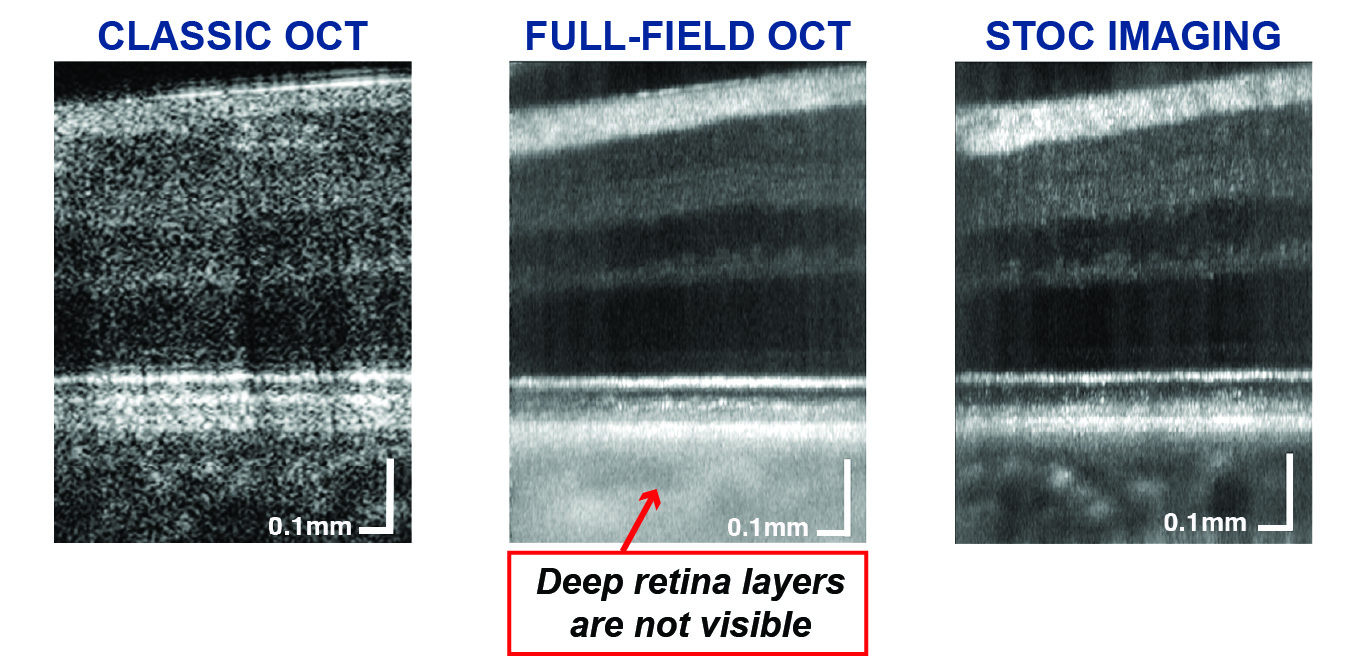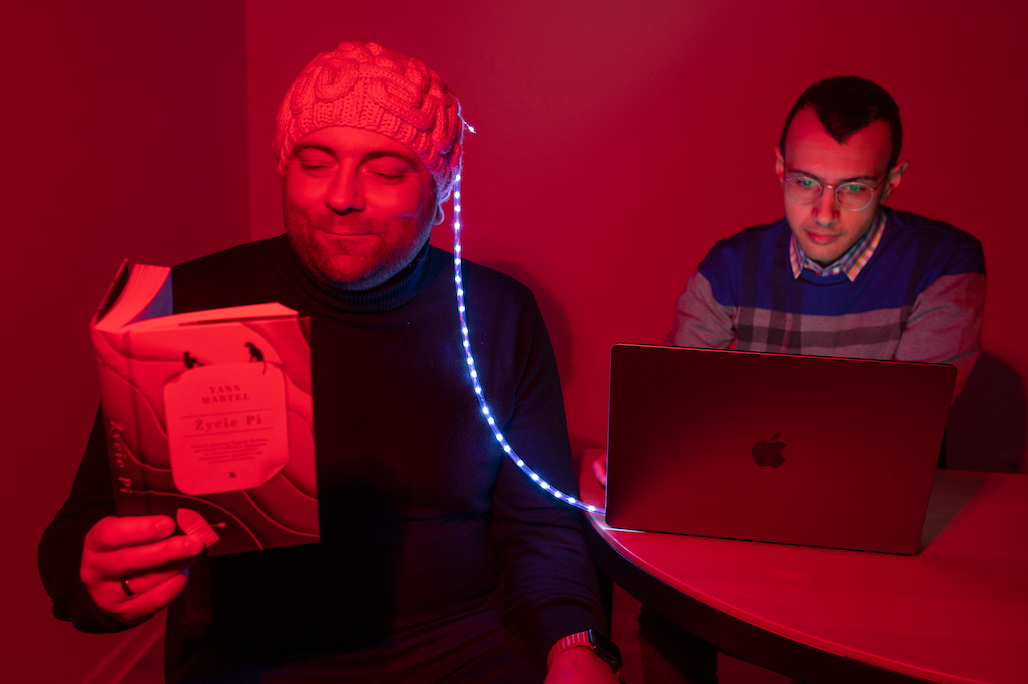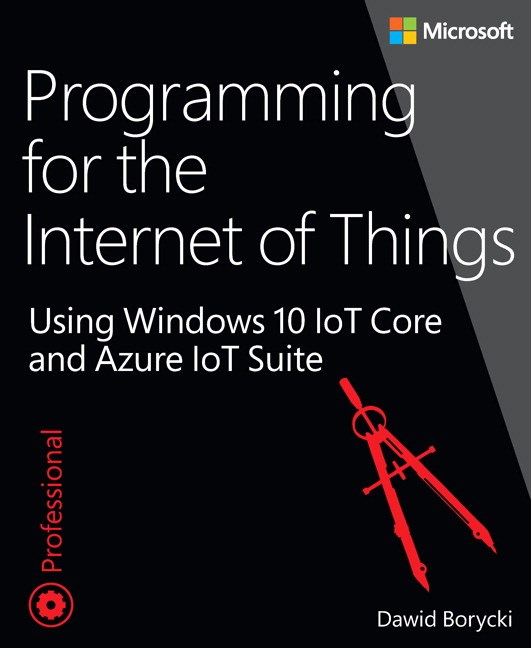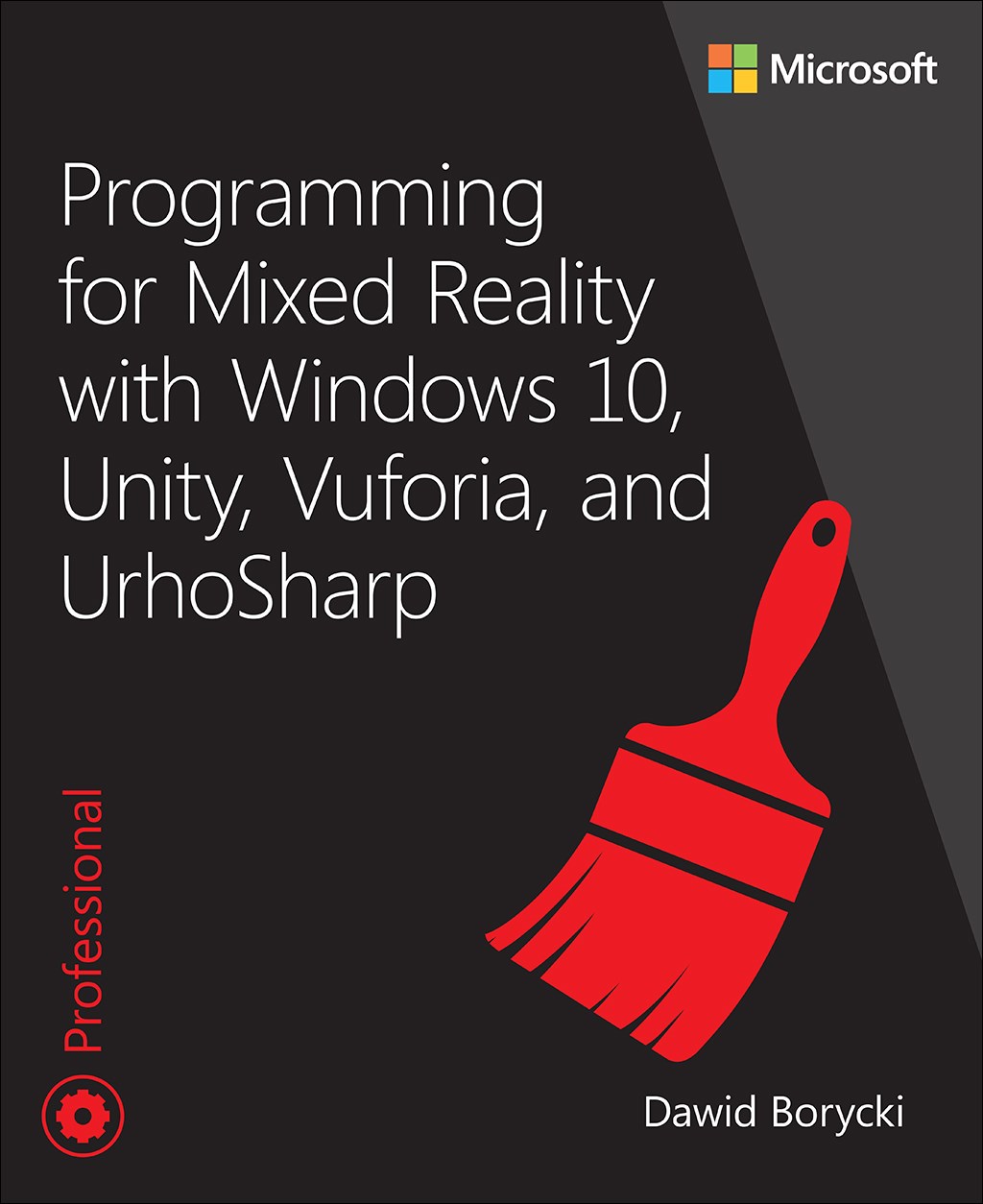Hi! I'm Dawid Borycki
I'm a scientist, programmer, book author, and conference speaker.
Privately, I'm a husband and father of two kids.
Scientist
As a scientist, I developed interferometric near-infrared spectroscopy (iNIRS), which noninvasively monitors human brain function. I am one of the inventors of a new non-invasive optical modality for human eye imaging (STOC-T) to support the diagnosis and treatment of various eye diseases.
Books and articles
I help others learn to code and use cloud technologies. I've written several books and many articles to help others in their programming journey.
Consulting
In the past I provided consulting services as an expert in optical imaging, sensing technologies and software engineering.
Education
Habilitation in Biomedical Engineering, D.Sc.
Nalecz Institute of Biocybernetics and Biomedical Engineering, Polish Academy of Sciences2022
Doctor of Philosophy, PhD
Nicolaus Copernicus UniversityTheoretical Physics, 2007 - 2011
Master of Sciences, MSc
Nicolaus Copernicus UniversityTheoretical and Computer Physics, 2002 - 2007
Experience
Staff Research Scientist
CoMind, since Oct 2021Senior Scientist
International Centre for Translational Eye ResearchInstitute of Physical Chemistry, Polish Academy of Sciences
since Aug 2016
Post-Doc
University of California Davis, Department of Biomedical EngineeringJan 2014 - July 2016
Assistant Professor
Nicolaus Copernicus UnviersityDepartment of Physics, Astronomy, and Informatics
Aug 2012 - March 2016
Oct 2011 - July 2012 (Research and Teaching Assitant)
Software Engineer
Optopol Technology, Feb 2010 - July 2012Software Engineer
Nicolaus Copernicus Unviersity, Oct 2008 - Jan 2010Human eye imaging
Optical coherence tomography (OCT) is an established method for retinal imaging. OCT provides high-resolution cross-sectional imaging (XZ images like in ultrasound) of the human retina at high speeds. Hence, OCT devices are used regularly to examine human eyes, even at the International Space Station. Classic OCT, however, does not provide high-resolution en face images (XY like in microscopy) of the outer retinal layers due to eye aberrations and the fundamental tradeoff between imaging depth and transverse resolution.

STOC imaging
To solve this problem, we developed a new way of controlling the optical phase called STOC (Spatio-Temporal Optical Coherence). In STOC imaging, we have extended FD-FF-OCT with a spatial phase modulator (SPM). The SPM dynamically modulates the phase of incident light by generating time-varying transverse mode (TEM) patterns. This is accomplished using active modulators or long multimode optical fiber. The resulting signals are processed and averaged to produce noise-free volume images of the sample. Application of STOC to Fourier-domain full-field optical coherence tomography (FD-FF-OCT) is called STOC tomography (STOC-T) or STOC imaging. It enables obtaining in vivo high-resolution, volumetric images of human skin, retina, and cornea at high speeds. A single volume is recorded in less than 10 milliseconds. For comparison, the eye blink lasts 10-40 times longer!
Brain sensing
Diffuse optics offers a noninvasive portable approach for examining biological tissues, including the human brain, in vivo. Near-infrared spectroscopy (NIRS) and diffuse correlation spectroscopy (DCS) are the primary diffuse optical modalities. In both approaches, the light illuminates the tissue, and diffusively scattered photons are collected at some distance from the emitter (typically 2-3 cm). NIRS uses the detected signal to estimate optical properties (absorption and scattering), while DCS quantifies the blood flow from temporal changes of the remitted light intensity. Although these methods have been applied to monitor brain oxygenation and blood flow, their most widely adopted versions rely on continuous wavelength (CW) lasers, precluding absolute measures of the optical and dynamical tissue properties.
I developed interferometric near-infrared spectroscopy (iNIRS) during my post-doc at UC Davis to tackle this issue. The iNIRS approach uses interferometry based on a temporally coherent tunable laser to effectively combine NRIS and DCS into a single modality. Specifically, iNIRS supplements the conventional NIRS configuration with the tunable light source and the reference arm. The field remitted from the sample is recombined with the reference field. The beat frequency of the signal encodes photon path lengths (or times-of-flight). Short paths produce lower beat frequencies than long paths. Consequently, we can achieve the photon time-of-flight distribution by inverse-Fourier transforming the recorded signal.
However, iNIRS provides much more information through the reemitted optical field's two-dimensional autocorrelation function (ACF). In iNIRS, the ACF is measured as a function of time lag with TOF resolution. This two-dimensional measurement encodes information about the sample's absorption, scattering, and blood flow index (BFI). iNIRS was validated in liquid phantoms, mouse brain, and human brain in vivo. However, the original iNIRS (as DCS and TD-DCS) uses single-mode fibers for light collection, requiring integration times of 0.5-1 second. This time frame is too long, precluding the ability to detect rapid blood flow changes in the human brain that could be linked to neural signals.

Parallel iNIRS
To overcome those limitations, my research group recently proposed parallel interferometric near-infrared spectroscopy (πNIRS). In πNIRS, we use multi-mode fibers for light collection and a high-speed, two-dimensional camera for light detection. This enabled us to sense the cerebral blood flow with only a 10 msec integration time (∼100x faster than conventional iNIRS). We used such an approach to monitor the pulsatile blood flow in a human forearm in vivo. Also, we demonstrated that this approach could monitor the activation of the prefrontal cortex by recording the change in blood flow in the forehead of the subject while he was reading an unknown text.Trainings
- Programming in C# / .NET, Java and Python
- Design patterns in C# and Java
- Cloud technologies: Azure, AWS
- Containerization and container orchestration: Docker, Kubernetes, Azure Kubernetes Service
- Internet of Things (IoT)
- Microservices
- Machine Learning
- Computer Vision
- Dedicated / bespoke trainings
Testimonials
Dawid really does know the topic. Whenever one of us would encounter a bug, he'd immediately know what went wrong, and how to fix it. He was also very friendly and happy to answer/support with any questions we would have. It was nice to have access to training environments!
Dawid is a really good at what he does, he makes something very complicated seem like a stroll in the park. This course is well constructed and very well presented. I finished this course with all the knowledge needed to start a new AKS based webApp or to migrate an existing app to AKS. Which can not be said for any number of courses I already watched on Udemy/LinkedIn learning. Thank you, Dawid Borycki.
I enjoyed the whole course. The content, pace and balance between practical demos and theory was spot on!
Dawid was very personable and knowledgeable and managed to establish a good rhythm to the training
Dawid explained it in a clear and slow manner which meant the material had time to sink in. His examples were perfect for his target audience. His knowledge of the course material was great and was able to quickly help people that was having issues.
Dawid was extremely knowledgable about the subject and delivered the course well. He was very approachable if i needed to ask questions. The course was code intensive but of course that was to be expected!
The trainer was excellent. He was patient when anyone had an issue or required additional help. My only complaint was that the overall pace was a little too fast. I think it would have been more suitable to spread the content over 3 days instead of 2.
The trainer was very informative and engaging brought the content across in away that made it understandable and interactive. Thoroughly enjoyed the course and would definitely recommend this to my colleagues.
Dawid is a great trainer, very patient with the group
Best trainer by far
The big amount of topics and knowledge.
He is very knowledgeable and is able to explain everything he is asked.











